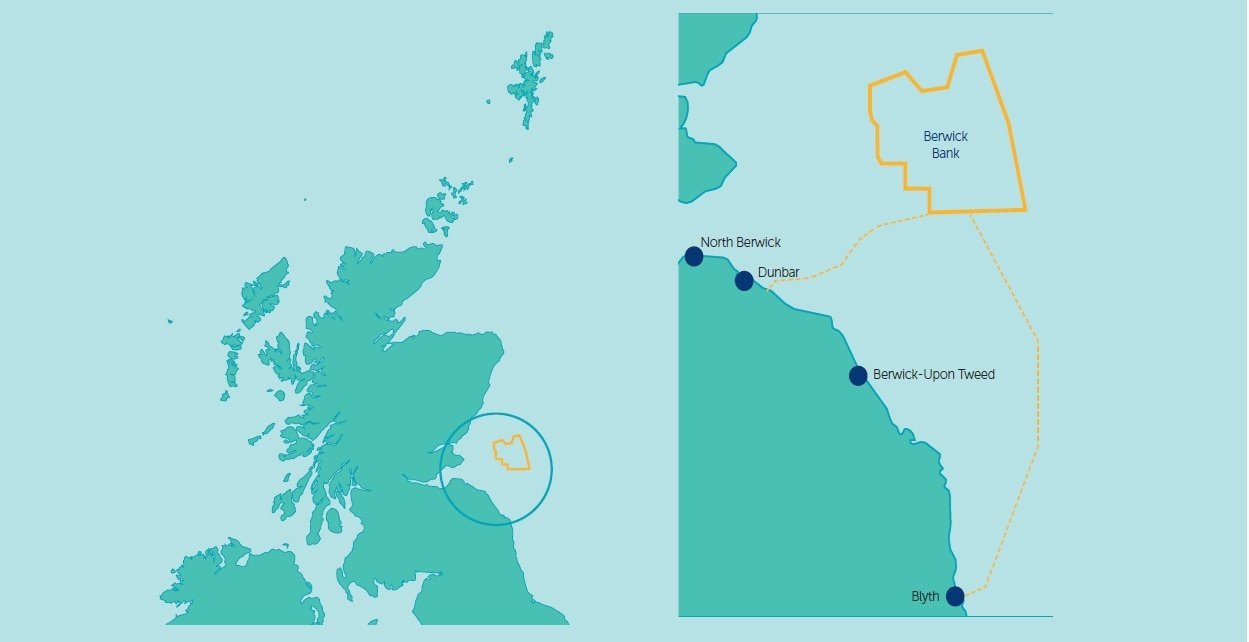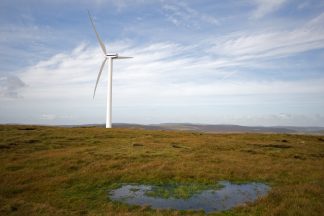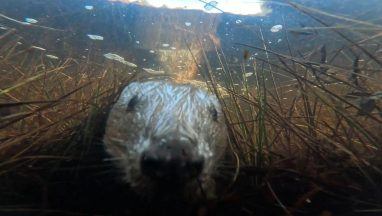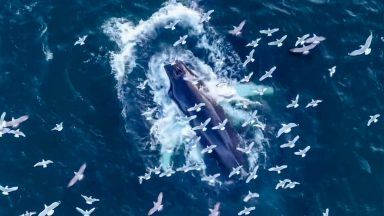The Scottish government has approved an offshore wind farm that developers say could be the world’s biggest.
Berwick Bank, proposed off the coast of East Lothian, will feature up to 307 turbines and two connection points to the grid—one in Dunbar, East Lothian, and another in Blyth, Northumberland.
The development aims to deliver 4.1 gigawatts (GW) of power, which is believed to be enough to power every home in Scotland twice over and around 17% of homes in the UK.
Deputy First Minister Kate Forbes welcomed the approval on Thursday, saying the Government had given the application “extremely careful consideration”.
“The decision to grant consent to Berwick Bank is a major step in Scotland’s progress towards achieving net zero and tackling the climate crisis, as well as supporting national energy security and growing our green economy,” Forbes said.
“It is also an important decision for Scotland’s renewables sector.”
 SSE Renewables/Berwick Bank Wind Farm
SSE Renewables/Berwick Bank Wind FarmScottish secretary Ian Murray also welcomed the decision, which he said “marks a crucial stage in the development of this project”.
“Berwick Bank has the potential to make a huge contribution to the UK Government’s growth and clean energy missions and create clean power jobs in Scotland,” he said.
“Scotland is at the front of the race to clean energy across the UK, Berwick Bank would be the world’s biggest wind farm just off the East Lothian coast, which underlines the massive potential clean energy has to generate jobs, wealth, and opportunity for Scottish families.”
He said large-scale renewable energy projects like Berwick Bank will ensure people in Scotland “truly benefit from clean power, lower bills, and good quality job opportunities”.
UK energy secretary Ed Miliband said the announcement means there have been enough wind farms approved in the UK to meet the Government’s ambition of delivering clean power by 2030.
However, conservationists have warned that the large wind farm could have a “devastating” impact on seabirds.
The development will be located in the outer Firth of Forth, about 40km off the Scottish coast, near key seabird colonies like Bass Rock, St Abb’s Head, and the Isle of May.
The area is home to a rich variety of species, including puffins, razorbills, guillemots and gannets.
Across the UK, seabird numbers are falling. The latest seabird census found that around 70% of Scotland’s seabird species had dropped over a 20-year period, with as many as seven seabird species experiencing declines of over 50%.
Conservationists fear Berwick Bank could threaten puffins and other seabird populations off the east coast.
According to SSE’s own environmental impact assessment, more than 31,000 bird collisions are estimated during the development’s lifespan.
Harry Huyton, CEO of the Scottish Seabird Centre, said the approval of the wind farm was “devastating” for seabirds, with “tens of thousands expected to be killed”.
“While a consent has been issued today, it remains conditional on the developer, SSE, developing a robust plan to compensate for the impact of the development on seabirds. Given the sheer scale of impact, we are sceptical that such a plan could ever be developed,” he said.
“We will now look closely at this deeply concerning decision and consider next steps.”
Follow STV News on WhatsApp
Scan the QR code on your mobile device for all the latest news from around the country


 iStock
iStock

























